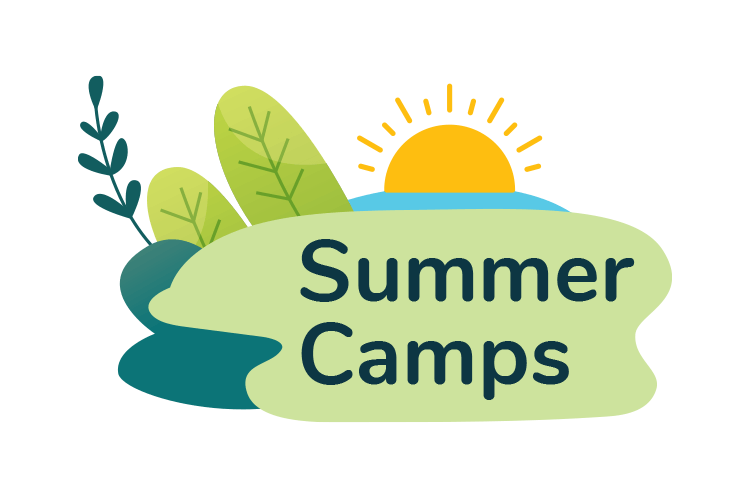Soon the snow and ice covering much of the Kawartha’s will give way to wetlands, vernal pools and marshes. In these wet places something remarkable happens in the spring. Frogs, frozen during the long winter, wake up and begin to sing. Each species of frog uses a distinctive song to attract a mate. Use this dramatic activity to heighten a child’s awareness of the rich variety of sounds found in wetlands in the Kawartha’s.
Give students the following roles. When their animal is mentioned, ask them to produce their sound as described below. To hear the sounds of real Ontario frog species, please visit www.frogwatch.ca
2012
| SUMMARY OF SOUNDS IN STORY | # OF STUDENTS | |
|---|---|---|
| Spring Peeper | High peep peep sound | 2 |
| Bull Frog | Deep, resonant roomph! | 2 |
| Wood Frog | Sounds like a quaking duck | 2 |
| Green Frog | “gulp, gulp” deep from the throat | 2 |
| Leopard Frog | A throaty ahhhhhhhhhh…. | 2 |
| American Toad | A long, sustained trilling from the lips or throat | 2 |
| Chorus Frog | Short bursts of trills | 2 |
| Wind | Blowing in cupped hands | 2 |
| Canada Geese | Lower Honk followed by a higher hink | 4 |
| Barred Owl | “who cooks for you, who cooks for you all” (this pattern in hoots) | 2 |
| Whippoorwill | Quickly saying “whippoorwill, whippoorwill” in rapid succession | 2 |
| Beaver | Warning call – clap your hands together | 2 |
| Total | 26 | |
By learning the calls of frogs, students can help to assess the relative health of a wetland. Frogs are bio-indicators, meaning that their presence is indicative of a productive and healthy wetland. Because their skin is sensitive to the presence of pollution, any change in the water quality of a wetland will adversely affect frog populations. Healthy wetlands will have many frogs singing…an unhealthy one will be relatively silent. Your students can help determine the relative health of wetlands in your neighbourhood. Listen for frogs and report your findings to frog watch.
Tell the following story. Have students produce the sounds as described. It is helpful to practice the sounds first. You can use any variation of the number of students.
Close your eyes. I want you to imagine a marsh. Let your mind paint in tall cattails, dry stemmed and rustling in the wind. Try to conjure up the indigo blue of water just at sunset, the same soft breeze easing ripples across open water and sending them across lily pads. It is early spring and the beginning of a night time wetland concert. Suddenly a V of Canada Geese passes overhead, winging their way toward the wedge between light and dark in the western sky. You hear the lower pitched “honk” followed immediately by the higher “hink,” as the geese maintain contact during their flight. The abrupt noise seems to awaken the night sounds in the marsh and the spring peepers begin their nocturnal chorus. The peepers are soon joined by the musical trill of the American Toads. Green Frogs begin their curious gulping noises, sounding like the plucked string of a banjo, while Wood frogs send out their unforgettable quacking call. The deep resonant call of the Bull Frogs, add a baseline to the chorus. Leopard Frogs croak like wet hands rubbing a balloon and from the shore, a whippoorwill launches into its plaintiff repetitive call. A barred Owl hoots somewhere from the woodland canopy and you are overwhelmed by the cacophony of sound that is a wetland in the throes of mating season.
A sudden splash, a beaver’s alarm signal, silences the peeper, toads, green frogs, wood frogs until there only several male bullfrogs croaking along the edge. You look around to see what startled the beaver and you see a shadowy shape slip along around the Marsh heading towards you. Is it a wolf, a moose, a black bear? No… only your camping buddy letting you know its time for bed because you have a stiff day of paddling ahead of you the next day. You both walk through the soft mud towards the tent and sleep.


